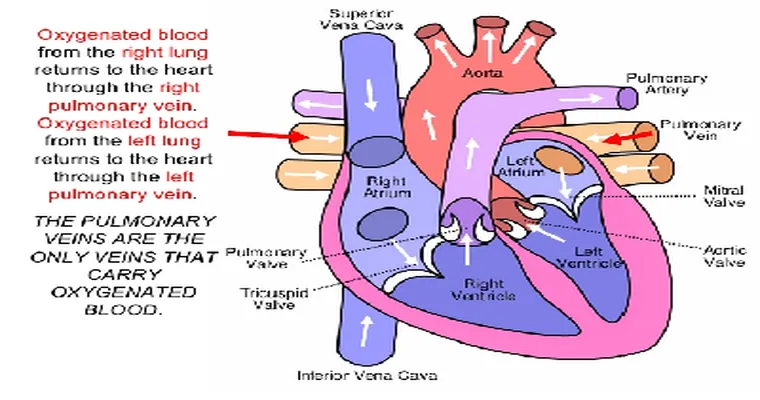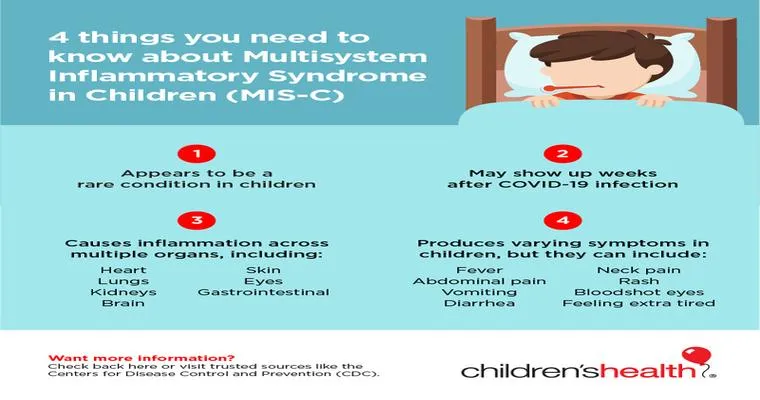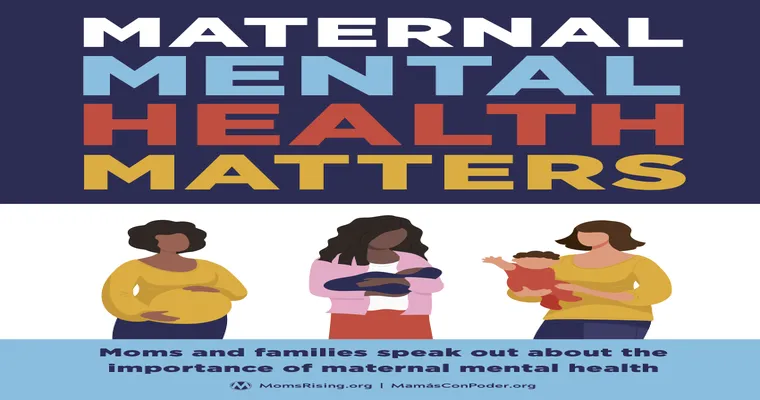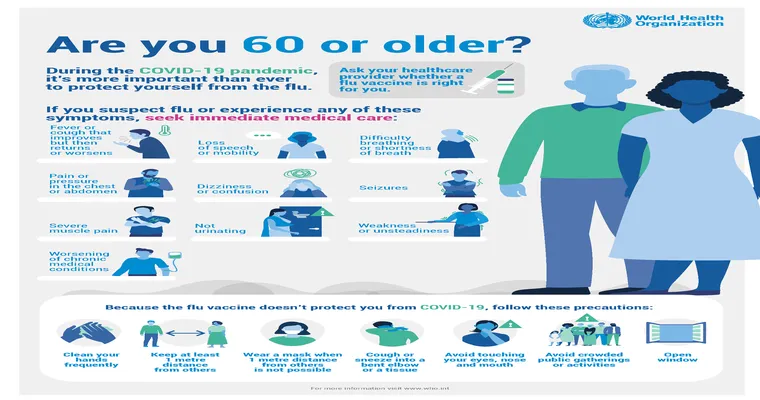When a "mother" is admitted to the hospital with serious conditions such as "heart failure", "pneumonia", and "bronchitis", her treatment may require the use of a "PICC line" (Peripherally Inserted Central Catheter). This medical device allows healthcare professionals to provide long-term intravenous therapy, medications, and nutrition. However, while a PICC line can be lifesaving, it also comes with potential "complications" that patients and families should be aware of.
Understanding the PICC Line
A PICC line is a thin, flexible tube inserted into a vein in the arm and threaded to a larger vein near the heart. This method is often preferable for patients needing prolonged intravenous treatment, as it minimizes the discomfort associated with repeated needle sticks. In the case of a mother suffering from heart failure, pneumonia, and bronchitis, a PICC line can be crucial for administering antibiotics, fluids, and other medications directly into her bloodstream.
Common Complications of a PICC Line
1. "Infection": One of the most significant risks associated with a PICC line is the potential for infection. Since the line is inserted into a vein, bacteria can enter the bloodstream, leading to serious conditions such as "sepsis". Signs of infection include redness, swelling, warmth, and discharge at the insertion site, as well as fever and chills.
2. "Thrombosis": The presence of a PICC line can increase the risk of "thrombosis", which is the formation of a blood clot in the vein. This can lead to complications such as swelling, pain, and potentially serious outcomes like pulmonary embolism if the clot travels to the lungs.
3. "Catheter Occlusion": Sometimes, the PICC line can become blocked by blood clots or medication precipitates. This can hinder treatment and may require medical intervention to resolve the blockage.
4. "Pneumothorax": During the insertion of the PICC line, there is a small risk of "pneumothorax", which is the collapse of a lung due to air entering the space between the lung and the chest wall. This complication is more common in patients with underlying respiratory issues, such as pneumonia or bronchitis.
5. "Misplacement": If the PICC line is not placed correctly, it can lead to complications such as improper medication delivery or damage to surrounding structures. Regular imaging may be required to ensure that the catheter remains in the correct position.
Monitoring and Prevention
To mitigate these complications, healthcare providers closely monitor patients with PICC lines. Regular assessments of the insertion site and the function of the catheter are vital. Patients and their families should be educated on recognizing early signs of complications, such as infection or thrombosis, to seek prompt medical attention.
Conclusion
While a PICC line can be an essential tool in the treatment of a mother battling heart failure, pneumonia, and bronchitis, it is crucial to be aware of the potential complications. Understanding these risks can help families engage in proactive care and communication with healthcare providers. By monitoring closely and recognizing the signs of complications, families can contribute to a safer and more effective treatment experience for their loved ones.





